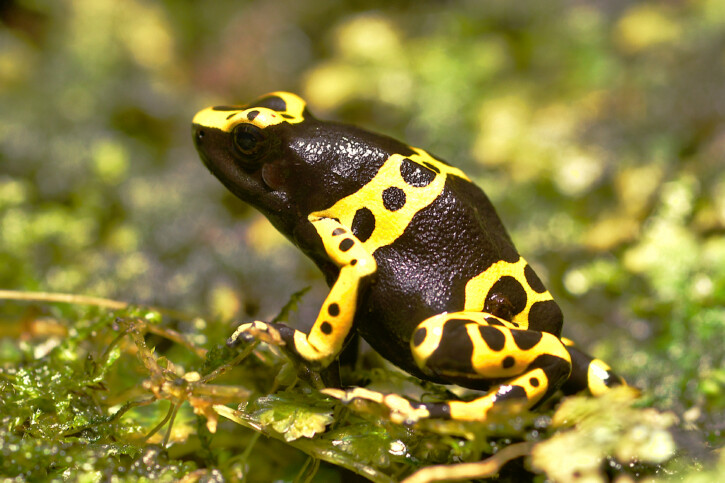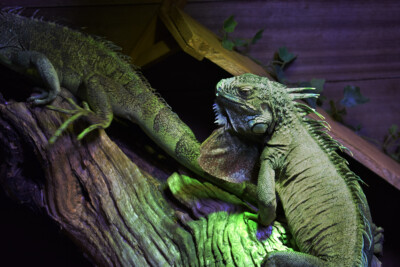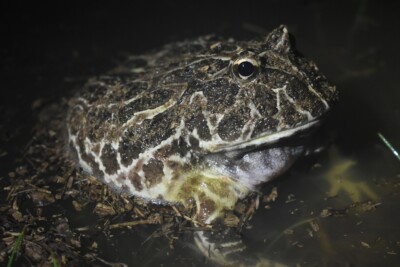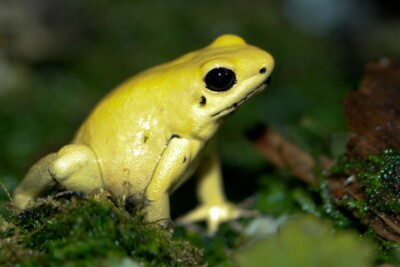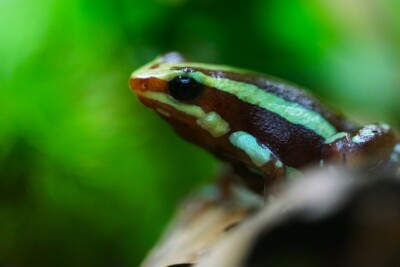yellow banded poison dart frogs
| Family | Dendrobatidae |
|---|---|
| Genus | Dendrobates |
| IUCN category (World) | LC |
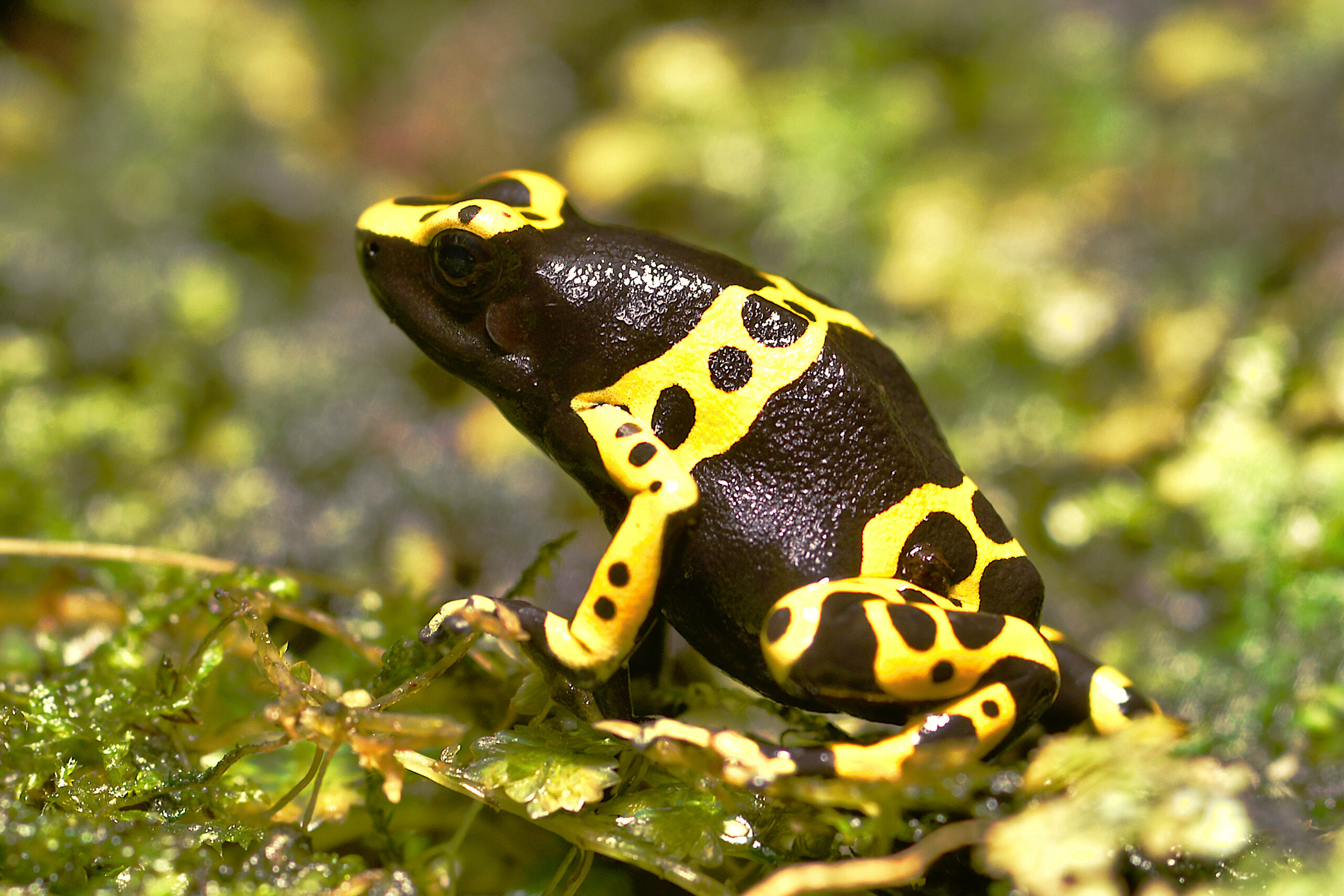

Introduction
Dendrobates leucomelas, commonly known as yellow banded poison dart frogs, is a little fresh water amphibian from the Amérique du Sud.
This sheet is currently being prepared. The texts currently proposed come from our data model or are being drafted. To request priority for this content, you can write to us HERE.
Who is it?
Morphology
-
Size3 - 4 cm
-
Motifmultiple
-
Longevity15 year
-
Size3 - 4 cm
-
Motifmultiple
-
Longevity15 year
How to recognize this amphibian ?
The yellow banded poison dart frogs measures around 3 cm. The females are more imposing and some specimens can reach 4 cm. this amphibian is bicolore with a predominantly jaune and noir body. The also has multiple.
Sexual dimorphism
The female is bigger than the male.
Behaviour & Life cycle
-
Sociabilitysolitary
-
Way of livingdiurnal
-
VenomousYes
-
Dietnot specified
The yellow banded poison dart frogs is an amphibian solitary naturally found in the vegetation. This species is carnivorous . Measuring only a few centimeters, this small species tends to be discreet and hide in the presence of larger neighbors.
This species is territorial and does not appreciate the presence of intruders nearby, especially animals with similar behavior. However, the yellow banded poison dart frogs has little concern for non-territorial animals.
Reproduction
-
Reproductionovipare qui pond sur substrat découvert
The yellow banded poison dart frogs is an amphibian ovipare qui pond sur substrat découvert. this amphibian protects its eggs from nearby predators.
Risks for humans
-
VenomousYes
This species is venomous and can cause serious injuries when touched.
Origin and distribution
What is its habitat?
Natural environment characteristics
-
Temperature24 - 28 °C
Biotope presentation
The acidification of water comes from the decomposition of plants. This phenomenon changes the color of the water, which tends to turn brown. In some areas particularly rich in organic matter, the water is so dark that it is called "black water".
The yellow banded poison dart frogs is most often found at a depth between 0m and 1m. However, it is not impossible to find this species at other depths. This animal evolves in areas characterized by a strong presence of vegetation (aquatic and marsh plants, decaying organic matter, roots...). It is particularly observed near clusters of leaves or plants where it finds food and shelter in case of danger.
Species of the same biotope
To go further
Sources & Contributions
Participation & Validation
The Fishipedia team and specialist contributors are committed to providing high-quality content. However, although the information comes from scientific sources or testimonials from specialists, the cards may contain inaccuracies.

Benoit Chartrer
Translation
Translation done with the valuable contribution of our translators, who make this information available to a wider audience. We sincerely thank them for their commitment.
Scientific partners
Species of the same family
Species of the same biotope
